Chocolate — often called the “food of the gods” — is not just a sweet indulgence but a global industry worth over USD 135 billion as of 2024. From artisanal truffles to mass-market candy bars, chocolate is consumed in virtually every corner of the world. But have you ever wondered which country leads the world in chocolate production? While many cocoa beans are grown in tropical regions, the largest chocolate producer in the world is Switzerland, based on per capita output and world-renowned chocolate manufacturing companies.
In this detailed article, we explore the global chocolate industry, trace its value chain from cocoa bean to chocolate bar, and reveal why Switzerland stands at the summit of global chocolate production.
Introduction: Chocolate as a Global Commodity
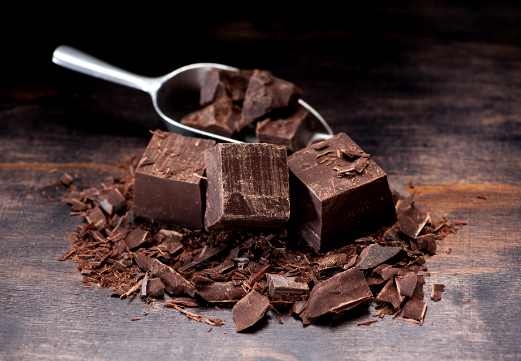
Chocolate is derived from cocoa beans, which are fermented, dried, roasted, and ground into cocoa liquor. This liquor is then refined into cocoa butter and cocoa solids — the essential components of chocolate. Modern chocolate manufacturing involves complex recipes, high-end machinery, and extensive branding, making it a multibillion-dollar global business.
There are different types of chocolate:
- Dark chocolate: High in cocoa solids and antioxidants
- Milk chocolate: Blended with milk solids, smoother and sweeter
- White chocolate: Contains cocoa butter but no cocoa solids
- Compound chocolate: Made with cocoa and alternative fats, used in commercial baking
From bean to bar, the journey of chocolate involves multiple stages, with different countries playing unique roles. While West Africa produces most of the cocoa, Europe dominates chocolate processing and branding.
Switzerland: The Largest Chocolate Producer in the World (By Per Capita and Global Influence)
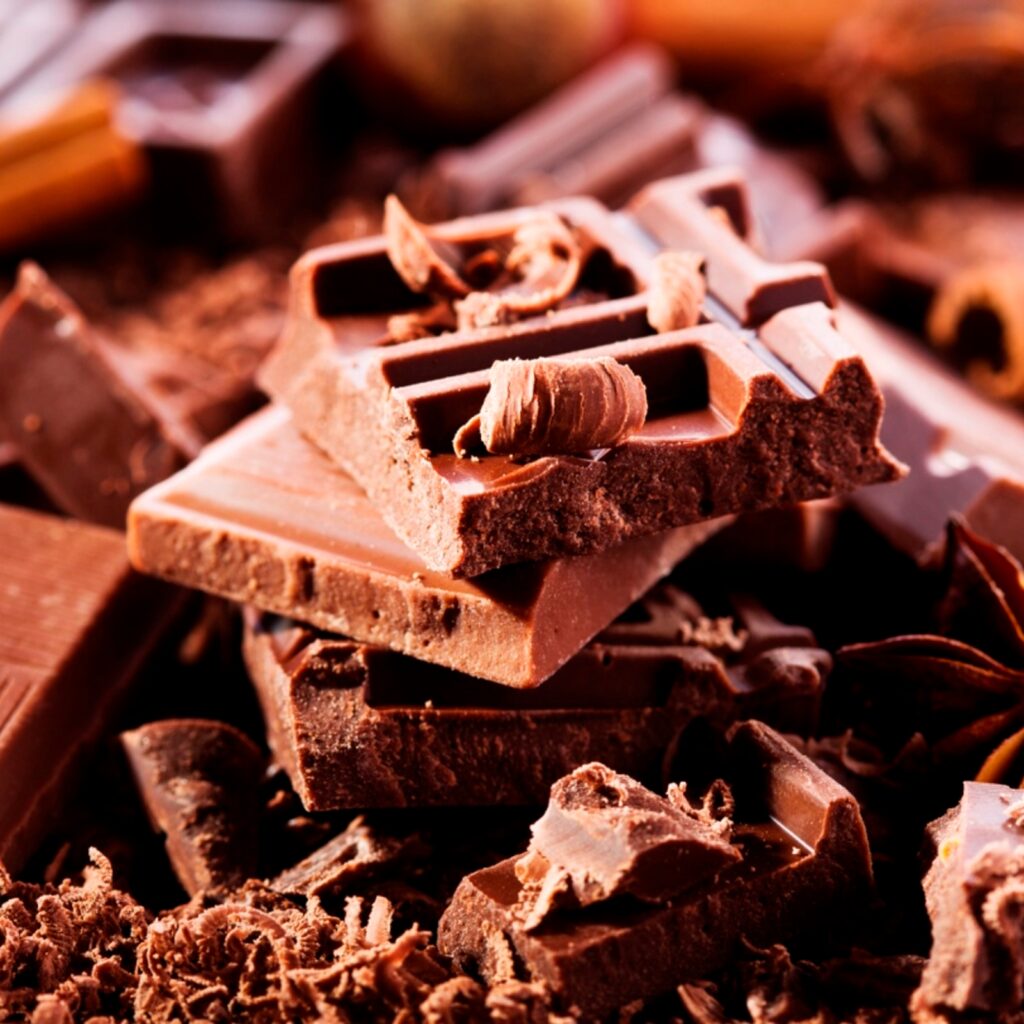
1. A Longstanding Chocolate Legacy
Switzerland has been synonymous with chocolate for over 200 years. Home to iconic inventions such as milk chocolate (by Daniel Peter) and conching (by Rodolphe Lindt), Swiss chocolatiers set global standards for texture and flavor.
2. Dominant Chocolate Brands
Switzerland is home to some of the world’s most influential chocolate companies:
- Nestlé S.A. – One of the world’s largest food conglomerates, Nestlé’s chocolate portfolio includes brands like KitKat, Cailler, and Smarties.
- Lindt & Sprüngli – Known for premium Swiss chocolate bars and truffles.
- Toblerone – A global icon, recognized for its triangular shape and honey-almond nougat blend.
3. Leading in Per Capita Production and Consumption
- Per Capita Chocolate Production: Over 11 kg per person per year, the highest in the world.
- Total Production Volume: More than 180,000 metric tons of chocolate products annually.
4. High-Quality Standards
Swiss chocolate producers maintain strict standards of quality, using high cocoa content, alpine milk, and sustainable sourcing practices. Their focus on craftsmanship and innovation has secured them top rankings in global markets.
5. Export Leadership
Switzerland exports chocolate to over 120 countries, including Germany, France, the U.S., and China. The export value exceeds USD 1.2 billion annually, making it one of the top chocolate exporters globally.
Other Leading Chocolate-Producing Countries
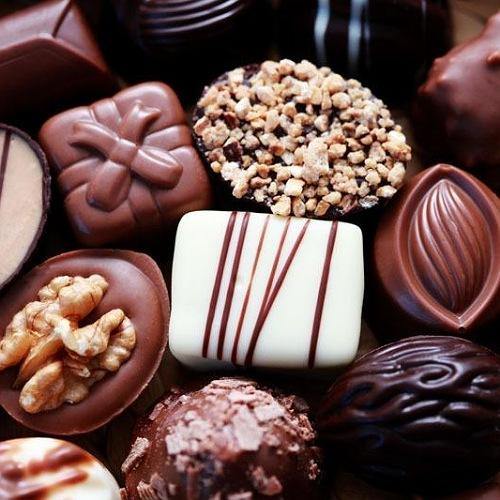
While Switzerland leads in per capita output and brand prestige, other countries also play major roles in global chocolate production, especially in total volume:
1. Germany – The Largest Chocolate Producer by Volume
Germany is the world’s largest chocolate producer by total output, producing over 1.3 million metric tons annually.
- Key Brands: Ritter Sport, Milka (under Mondelez), Ferrero Germany
- Strengths: Advanced machinery, mass production, and export capacity
- Export Reach: Germany exports chocolate to more than 160 countries and is Europe’s central chocolate hub.
Despite lacking a strong per capita reputation like Switzerland, Germany dominates the global chocolate supply chain due to its industrial scale and distribution power.
2. Belgium – The Gourmet Chocolate Capital
Belgium ranks among the top in terms of premium chocolate production.
- Number of Chocolatiers: Over 2,000 chocolate shops
- Famous Brands: Godiva, Leonidas, Neuhaus, Cote d’Or
- Annual Production: Over 700,000 metric tons
Belgian chocolate is characterized by handcrafted truffles, pralines, and delicate artistry. Brussels and Bruges are tourist destinations for chocolate lovers.
3. United States – A Mass Market Powerhouse
The United States is home to some of the largest chocolate manufacturers in the world by market share.
- Top Companies:
- The Hershey Company
- Mars Inc. (M&M’s, Snickers, Dove)
- Mondelez International (owns Cadbury in the U.S.)
- Annual Production: Over 1 million metric tons
- Market Value: Over USD 23 billion
While American chocolate is often more commercial and sweeter than European varieties, the U.S. plays a vital role in global chocolate innovation, branding, and distribution.
4. Italy – Home of Ferrero and Fine Chocolates
Italy is the birthplace of Ferrero Group, the maker of Nutella, Ferrero Rocher, and Kinder. It’s the world’s third-largest chocolate company.
- Production Volume: Over 400,000 metric tons annually
- Strengths: Luxury branding, high exports, innovation in packaging and ingredients
Italian chocolate is known for blending tradition with modernity, offering both artisanal and industrial products.
5. United Kingdom
The UK is a major chocolate consumer and producer, historically tied to Cadbury, one of the oldest chocolate brands in the world.
- Cadbury, now owned by Mondelez, is one of the most recognizable chocolate brands in Europe and Asia.
- The UK produces around 350,000 metric tons of chocolate annually.
The Global Chocolate Supply Chain: From Bean to Bar
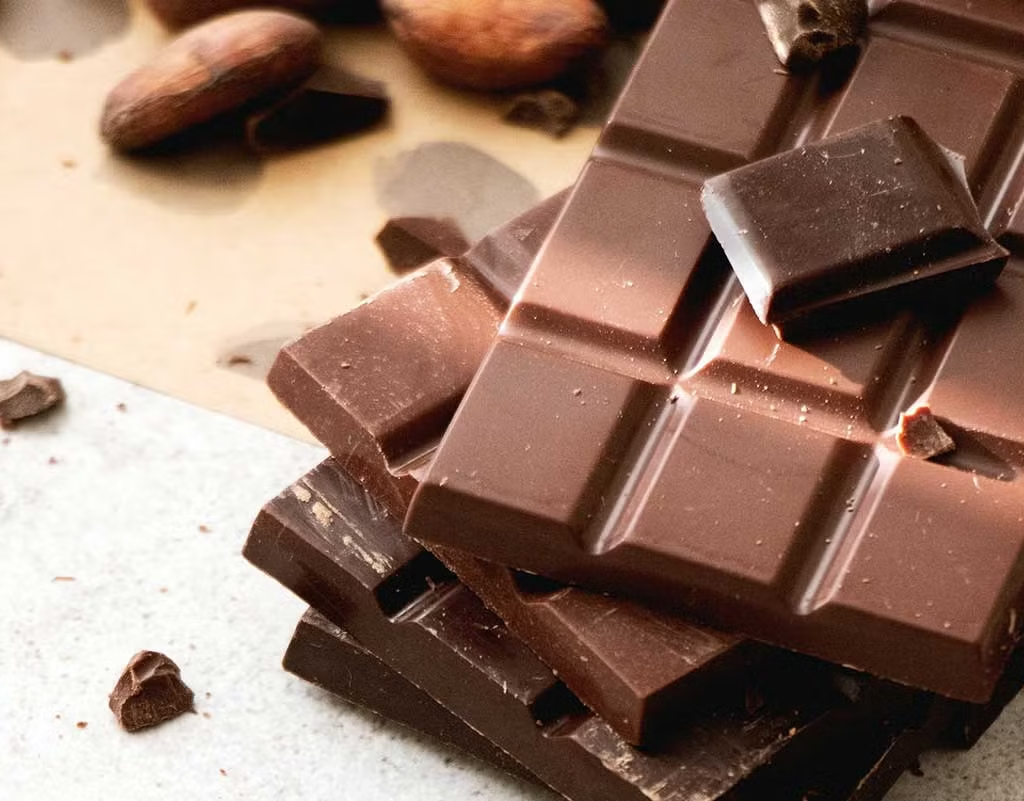
- Cocoa Bean Production
- Grown in tropical climates, especially in Côte d’Ivoire, Ghana, Ecuador, and Indonesia
- Over 70% of the world’s cocoa comes from West Africa
- Processing
- Beans are fermented, dried, and shipped to processing countries for roasting, grinding, and refining into cocoa mass, butter, and powder.
- Manufacturing
- Chocolate factories in Europe, North America, and Asia process the cocoa into consumer-ready products like bars, candies, spreads, and syrups.
- Packaging & Distribution
- Chocolate is exported globally through retail networks, supermarkets, online stores, and specialty boutiques.
The Rise of Sustainable and Ethical Chocolate

As consumers grow more conscious, producers are shifting toward sustainable and fair-trade cocoa sourcing. Switzerland, Germany, and the Netherlands are pioneers in this transition.
Key Initiatives:
- Rainforest Alliance
- Fairtrade Cocoa
- Cocoa Horizons
- Nestlé Cocoa Plan
- Lindt & Sprüngli Farming Program
These programs aim to reduce child labor, improve farmer incomes, and promote environmental conservation.
Challenges Facing the Chocolate Industry
Despite its sweet reputation, chocolate production faces serious challenges:
- Climate Change
- Cocoa is climate-sensitive. Rising temperatures and unpredictable rainfall threaten future yields.
- Ethical Issues
- Reports of child labor, deforestation, and poor wages persist in parts of West Africa.
- Price Volatility
- Cocoa prices are subject to global commodity fluctuations, impacting profit margins and farmer incomes.
- Health Trends
- Increasing focus on sugar reduction and healthy lifestyles may affect chocolate consumption, pushing companies to innovate with dark, sugar-free, and functional chocolates.
Conclusion: Switzerland – The Chocolate Capital of the World
While Germany leads in sheer production volume and the U.S. dominates mass-market branding, Switzerland holds the prestigious title of the largest chocolate producer in the world in terms of quality, reputation, and per capita output.
Swiss chocolate is globally recognized for its refinement, innovation, and craftsmanship, supported by strong domestic consumption and international demand. With top-tier brands, ethical sourcing programs, and a history of innovation, Switzerland remains the heart of the chocolate world.
As the industry evolves in the face of sustainability challenges and changing consumer tastes, Swiss producers are poised to lead the way into a more responsible, innovative, and delicious chocolate future.

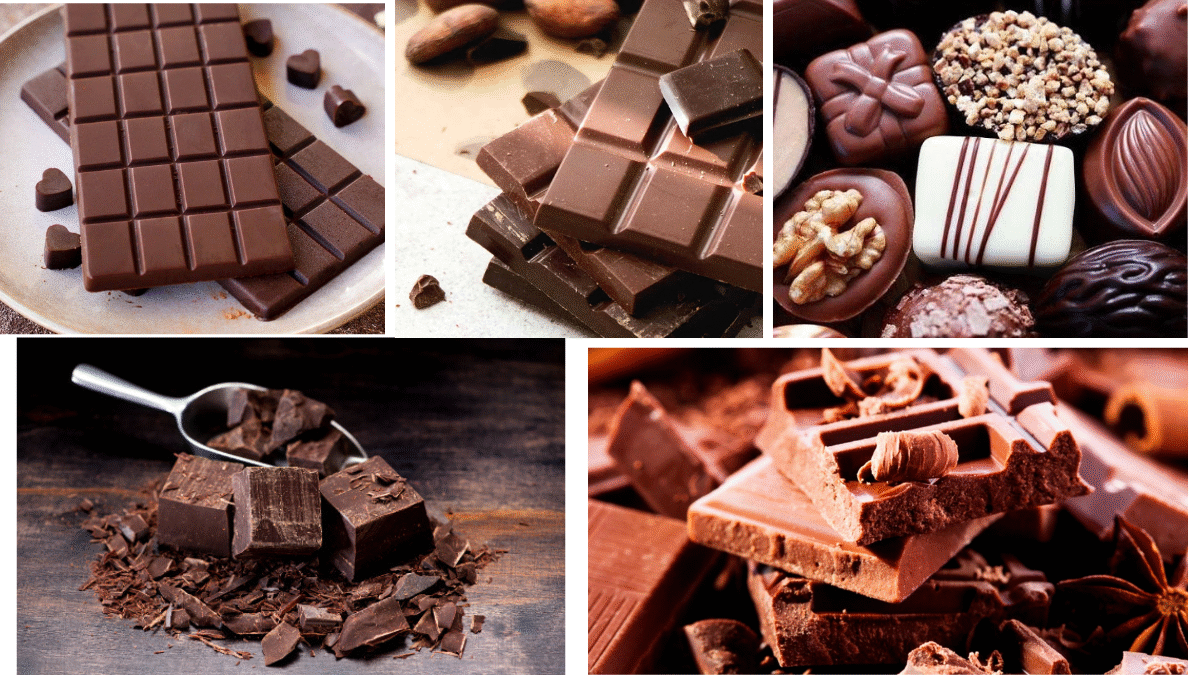



Leave A Comment